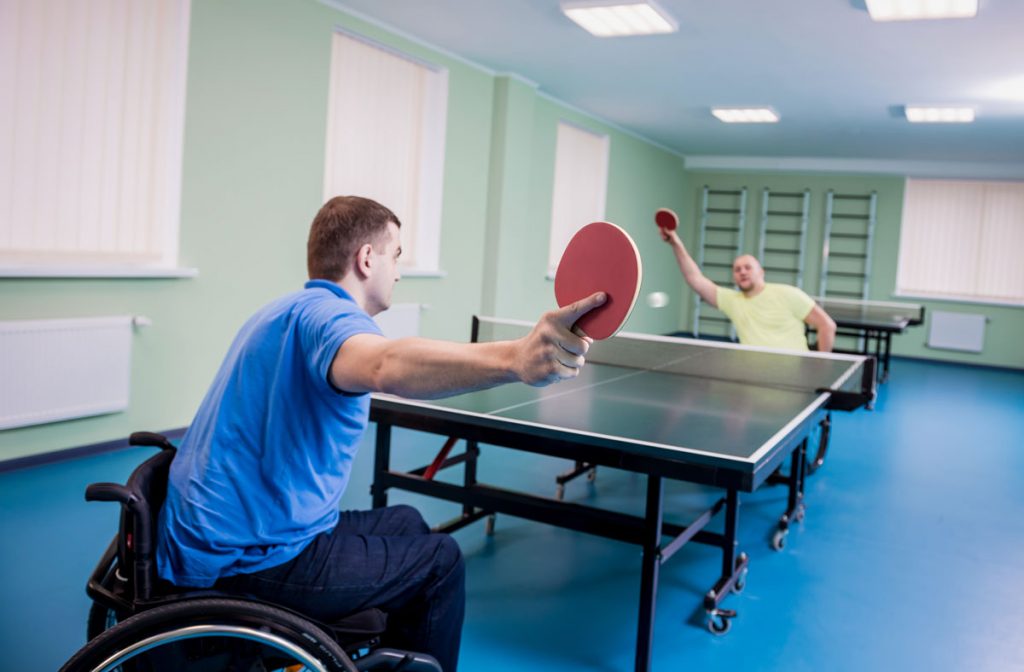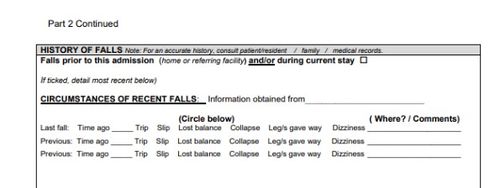The Ultimate Guide To Dementia Fall Risk
How Dementia Fall Risk can Save You Time, Stress, and Money.
Table of ContentsNot known Facts About Dementia Fall RiskThe Ultimate Guide To Dementia Fall RiskGetting The Dementia Fall Risk To WorkThe Greatest Guide To Dementia Fall Risk
A loss danger assessment checks to see exactly how most likely it is that you will drop. The assessment usually consists of: This includes a series of questions concerning your general health and if you have actually had previous drops or problems with equilibrium, standing, and/or walking.Interventions are recommendations that may reduce your danger of falling. STEADI consists of three actions: you for your risk of dropping for your threat elements that can be enhanced to attempt to protect against drops (for example, balance problems, impaired vision) to decrease your risk of falling by utilizing effective techniques (for instance, giving education and learning and resources), you may be asked numerous concerns including: Have you fallen in the previous year? Are you stressed regarding dropping?
If it takes you 12 secs or more, it may mean you are at greater risk for an autumn. This examination checks stamina and balance.
Move one foot midway onward, so the instep is touching the huge toe of your various other foot. Move one foot completely in front of the other, so the toes are touching the heel of your other foot.
4 Simple Techniques For Dementia Fall Risk
Most drops occur as a result of several contributing elements; for that reason, handling the danger of falling begins with identifying the aspects that add to drop threat - Dementia Fall Risk. Some of the most appropriate danger elements consist of: Background of prior fallsChronic medical conditionsAcute illnessImpaired gait and equilibrium, lower extremity weaknessCognitive impairmentChanges in visionCertain risky drugs and polypharmacyEnvironmental factors can additionally raise the risk for drops, consisting of: Insufficient lightingUneven or harmed flooringWet or unsafe floorsMissing or harmed handrails and order barsDamaged or poorly fitted tools, such as beds, wheelchairs, or walkersImproper use assistive devicesInadequate supervision of individuals residing in the NF, including those that show hostile behaviorsA successful loss threat monitoring program requires a complete clinical assessment, with input from all participants of the interdisciplinary group

The care plan ought to likewise consist of interventions that are system-based, such as those that promote a safe environment (proper lighting, handrails, order bars, and so on). The performance of the treatments need to be examined occasionally, and the care plan modified as required to mirror modifications in the fall danger evaluation. Implementing an autumn danger monitoring system using evidence-based ideal practice can lower the prevalence of falls in the NF, while restricting the possibility for fall-related injuries.
The Best Guide To Dementia Fall Risk
The AGS/BGS standard advises evaluating all grownups aged 65 years and older for fall risk each year. This screening is composed of asking individuals whether they have fallen 2 or even more times in the previous year or sought clinical attention for an autumn, or, if they have not fallen, whether they really feel unsteady when walking.
Individuals who have actually fallen once without injury needs to have their equilibrium and gait assessed; those with stride or equilibrium irregularities ought top article to receive extra analysis. A background of 1 autumn without injury and without gait or balance issues does not necessitate more evaluation past continued annual fall threat screening. Dementia Fall Risk. A loss threat analysis is called for as part of the Welcome to Medicare examination

Not known Details About Dementia Fall Risk
Recording a drops history is one of the top quality signs for autumn prevention and monitoring. Psychoactive medicines in certain are independent predictors of drops.
Postural hypotension can often be alleviated by reducing the dosage of blood pressurelowering medications and/or quiting drugs that have orthostatic hypotension as an adverse effects. Use above-the-knee assistance tube and resting with the head of the bed elevated may also minimize postural decreases in high blood pressure. The preferred aspects of a fall-focused physical exam are revealed in Box 1.

A yank time above or equivalent to 12 secs suggests high loss threat. The 30-Second Chair Stand test assesses reduced extremity strength and equilibrium. Being incapable to stand from a chair of knee height without making use of one's arms suggests increased fall danger. The 4-Stage Equilibrium test evaluates static balance by having the client stand in 4 placements, each considerably a lot more challenging.